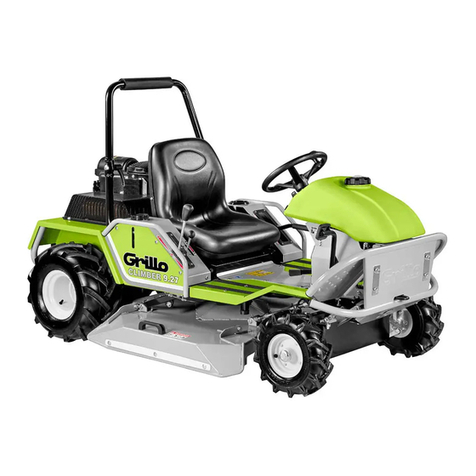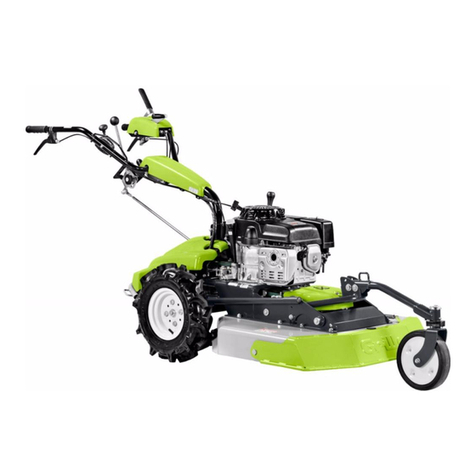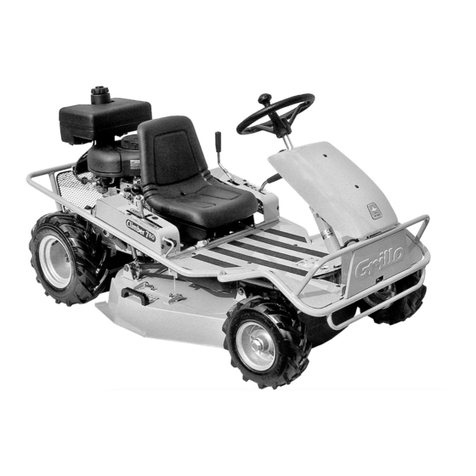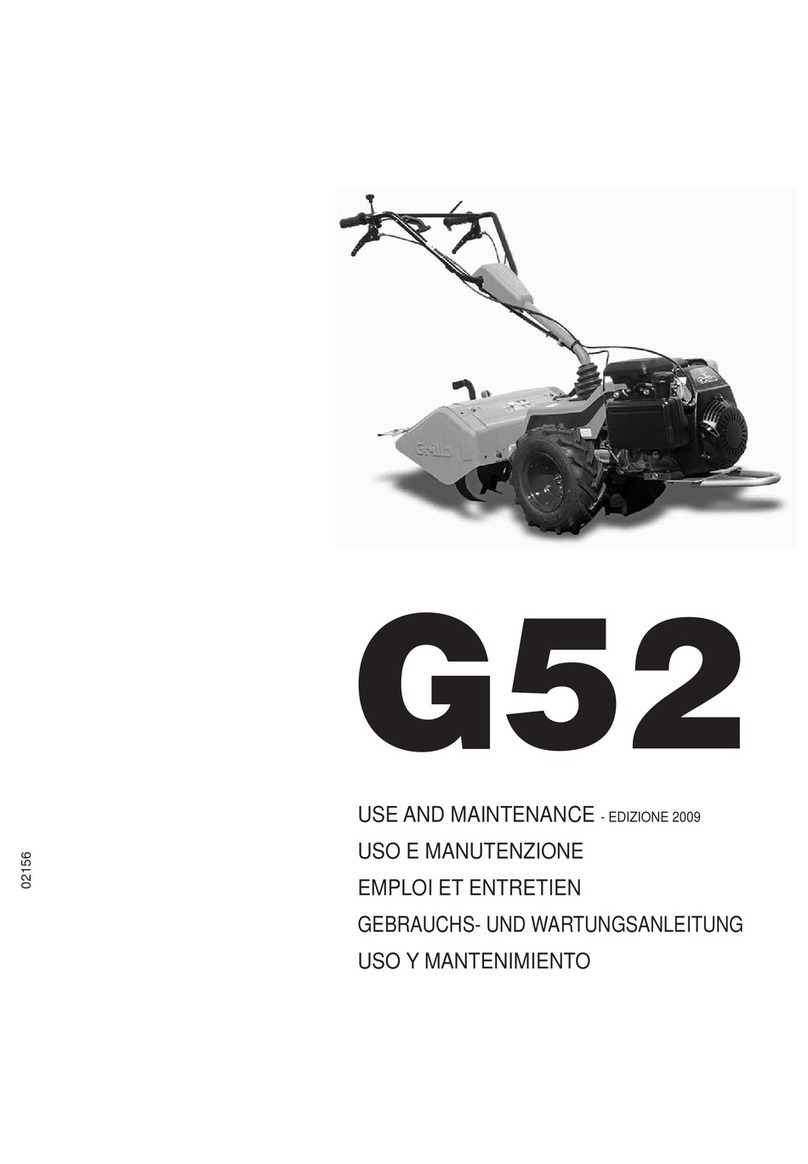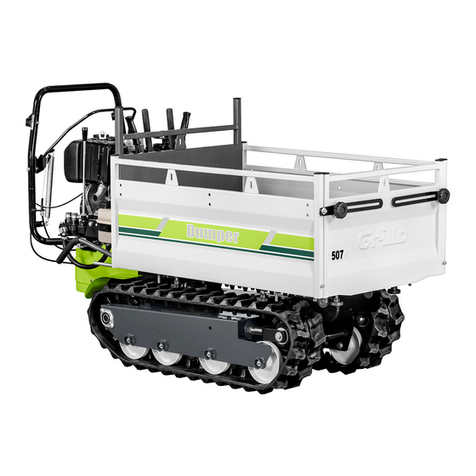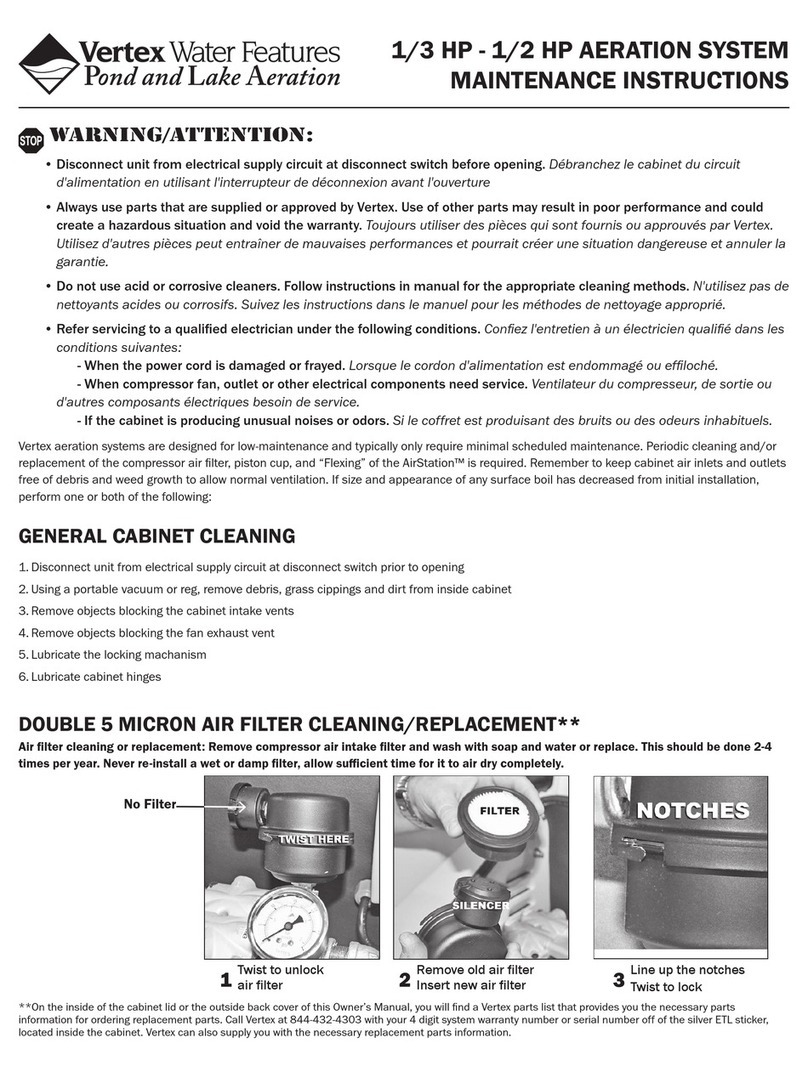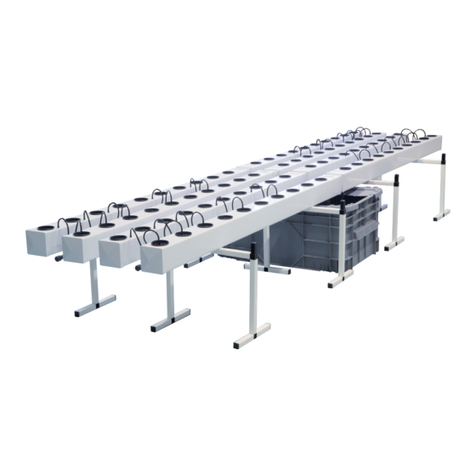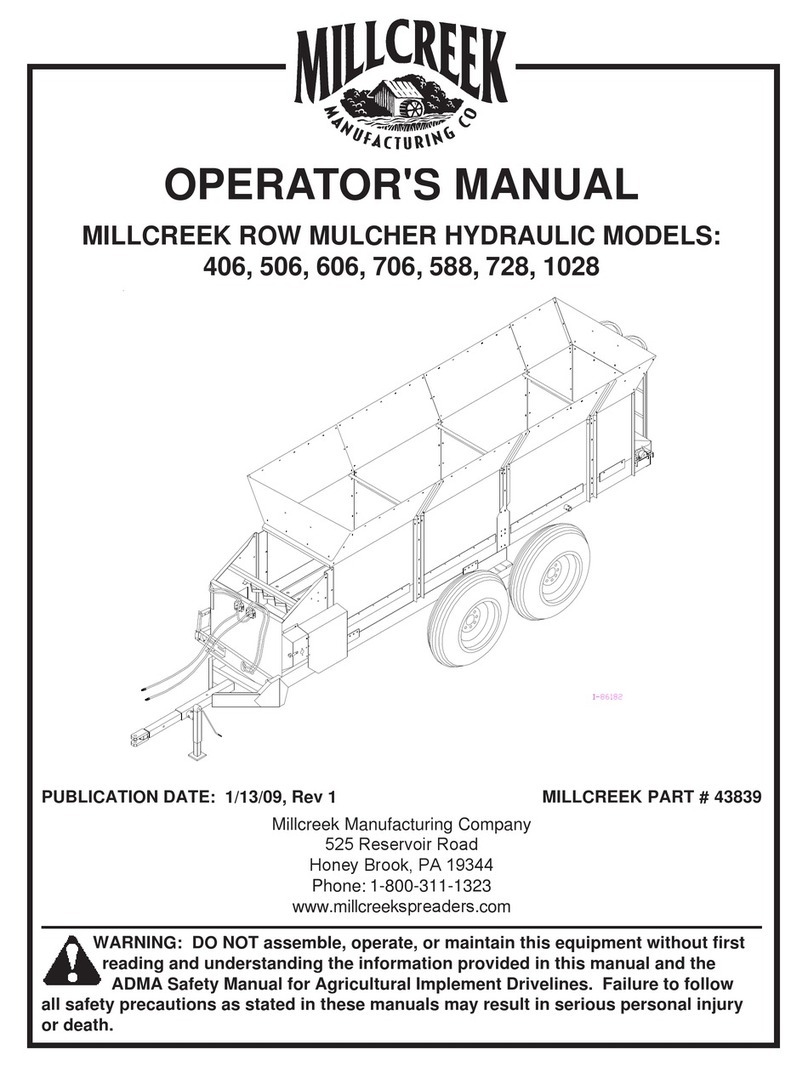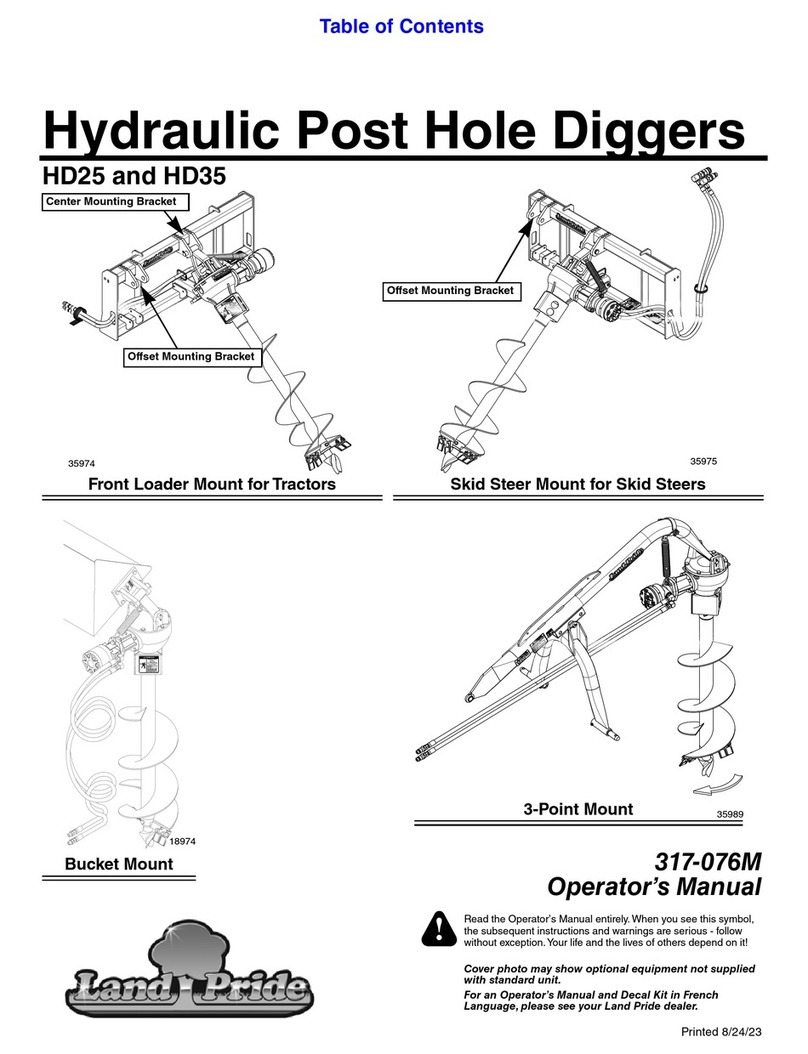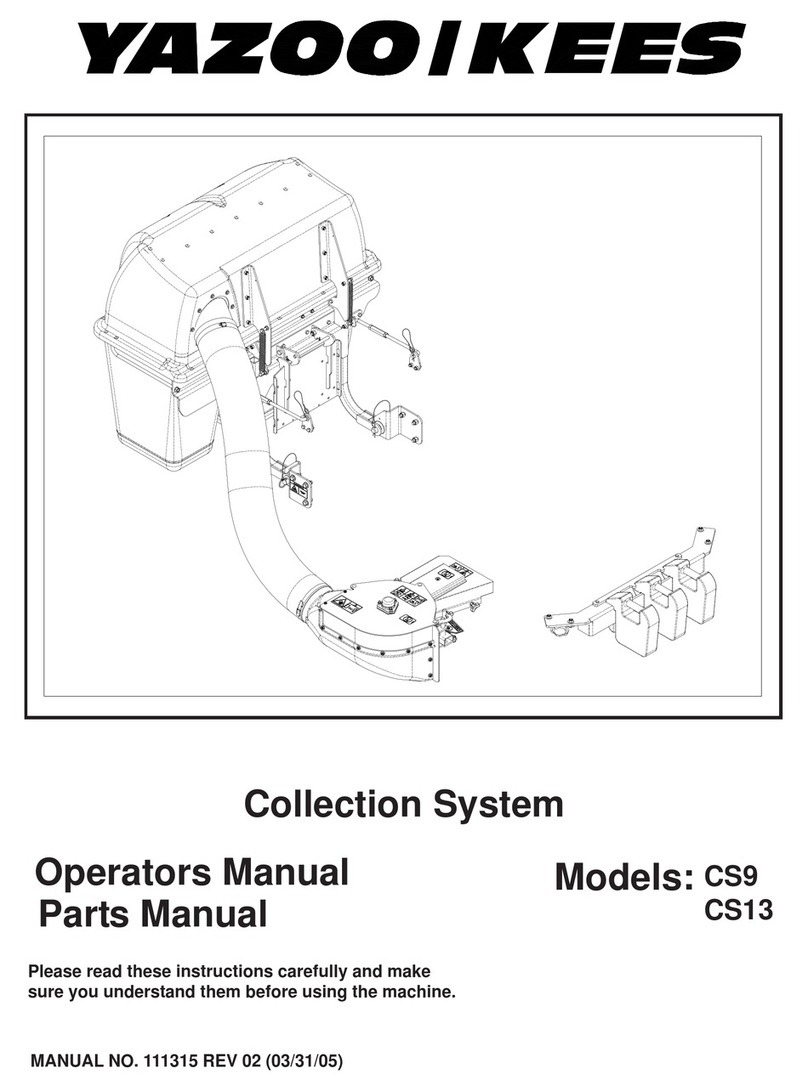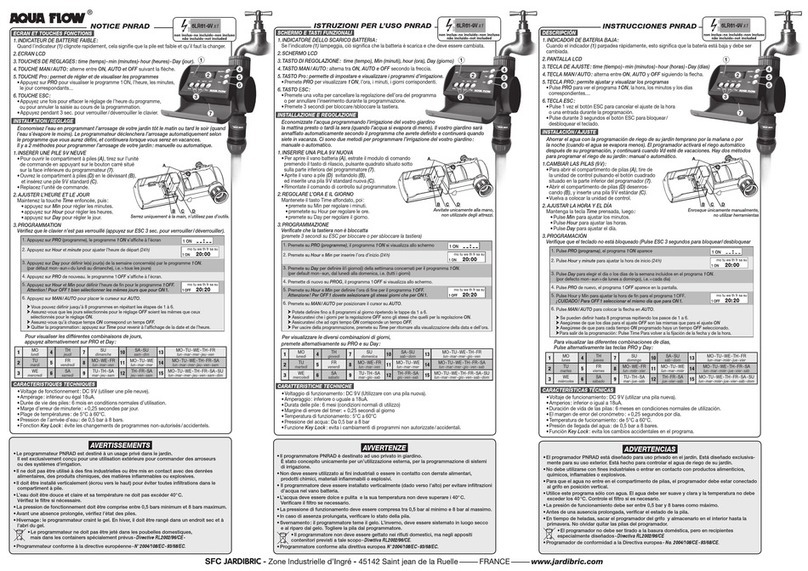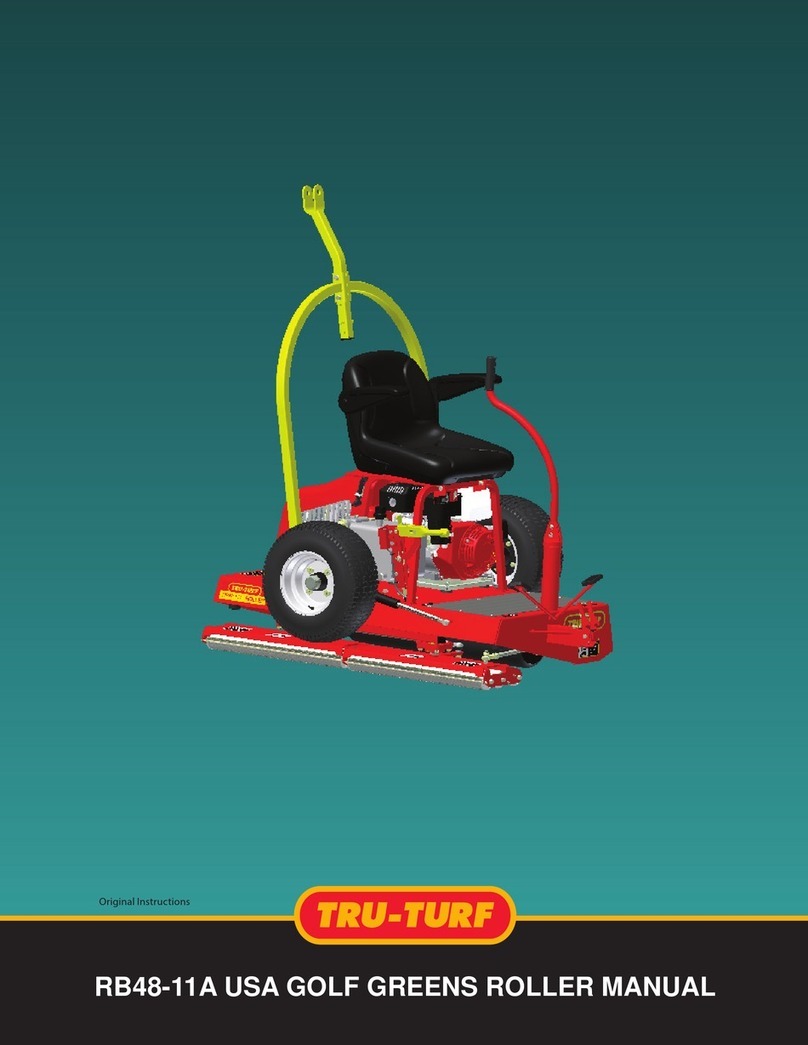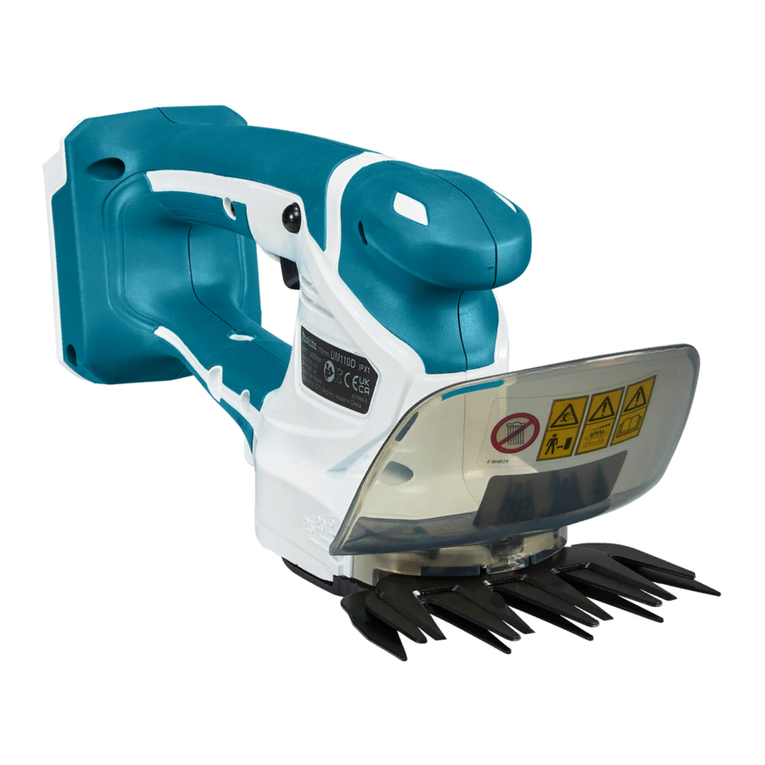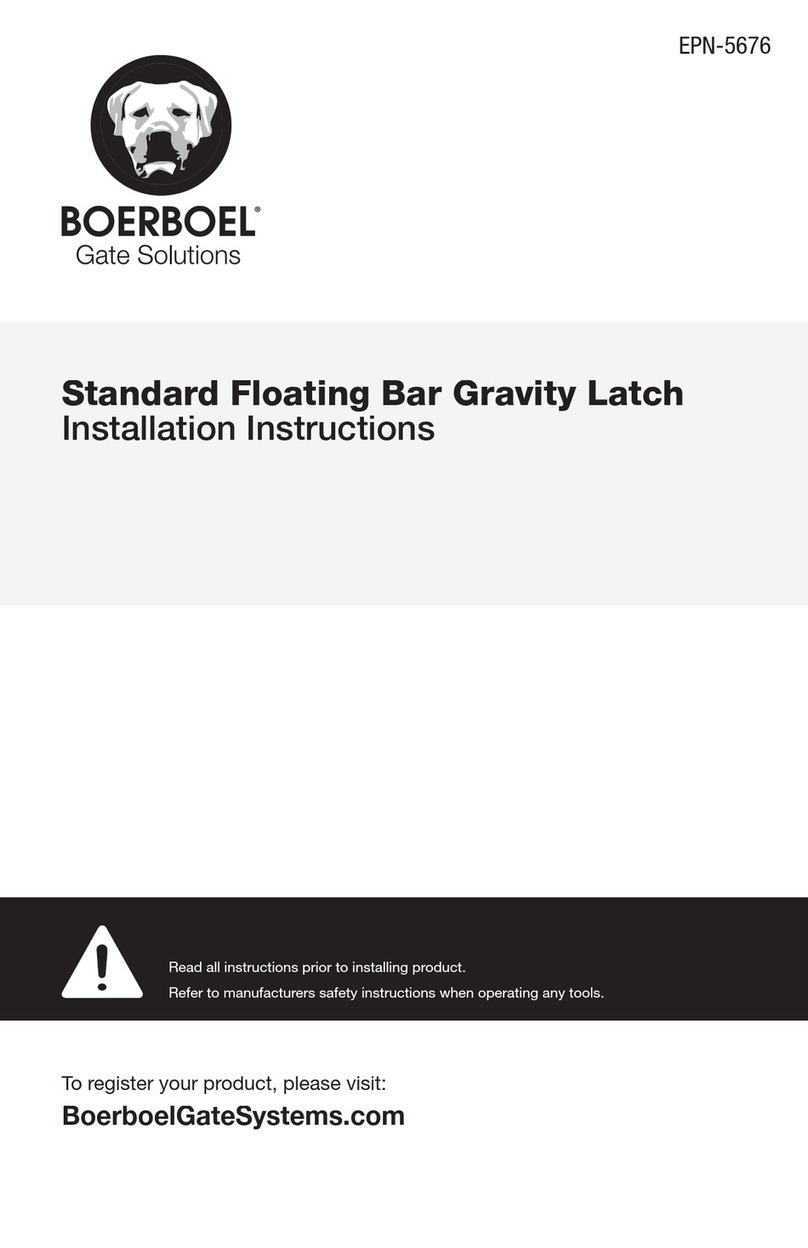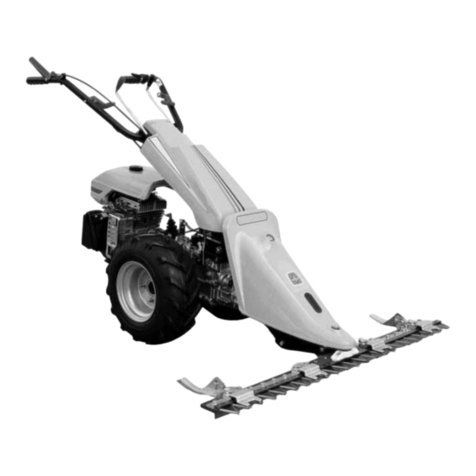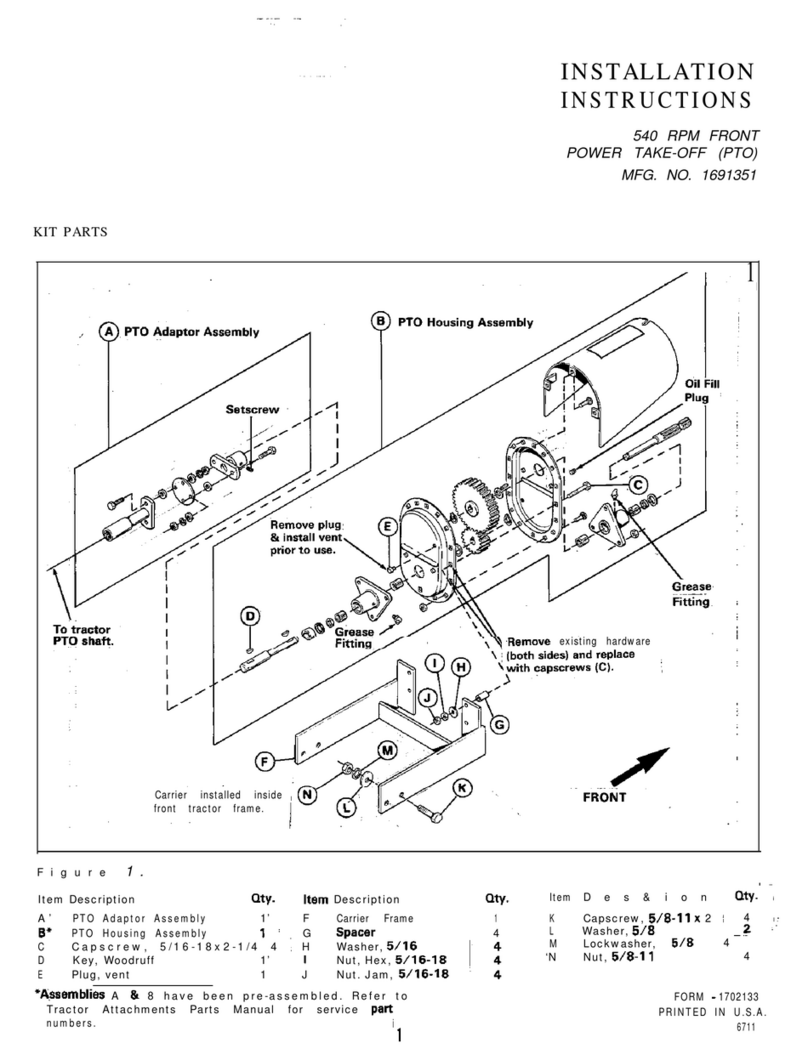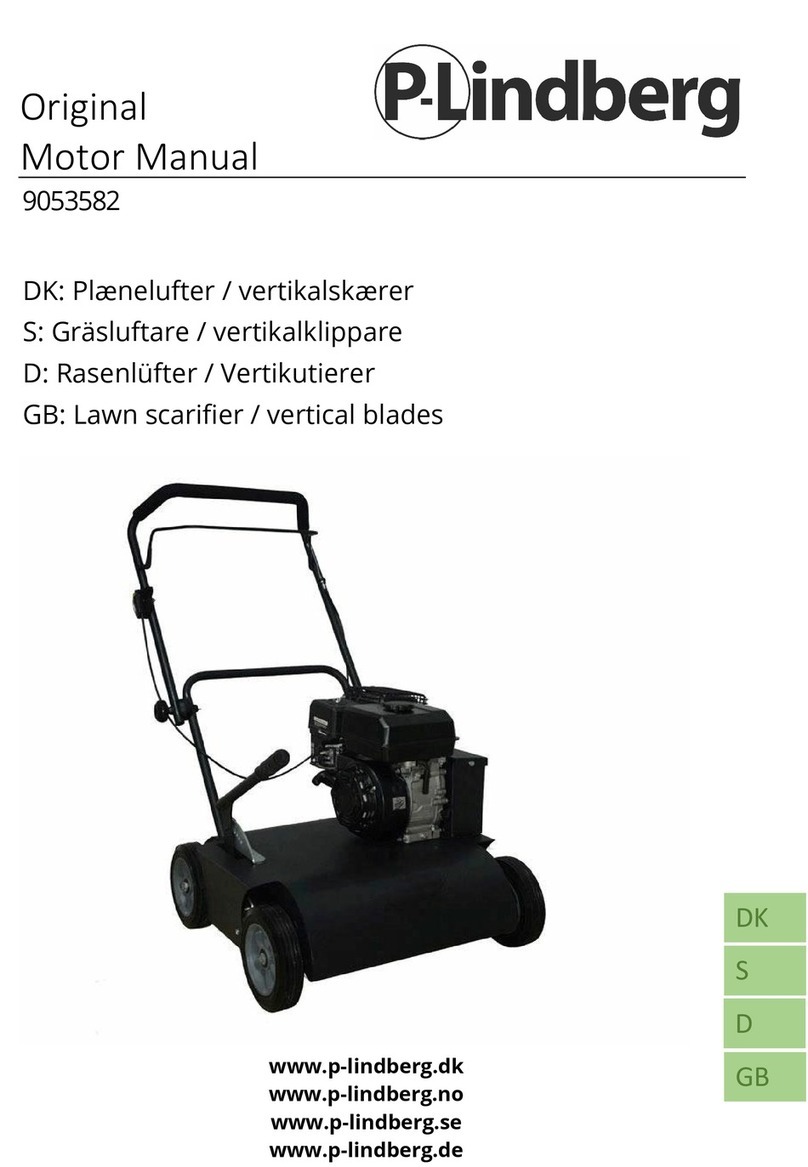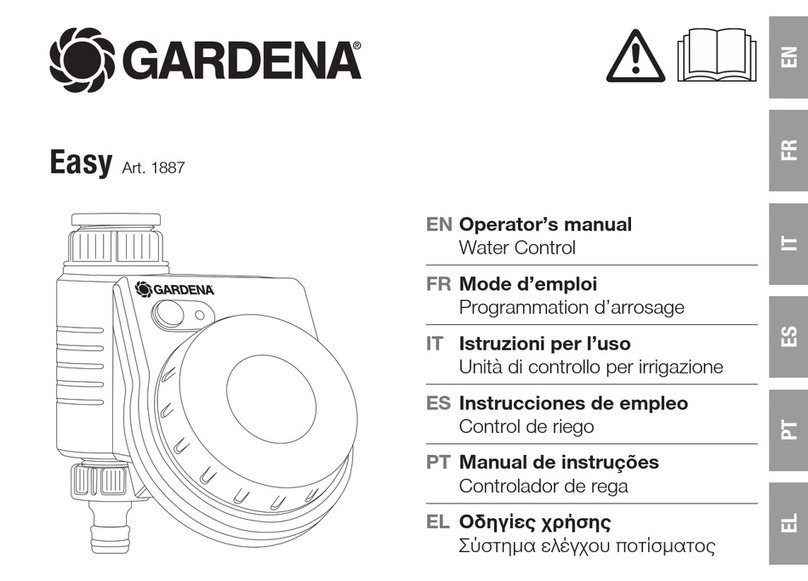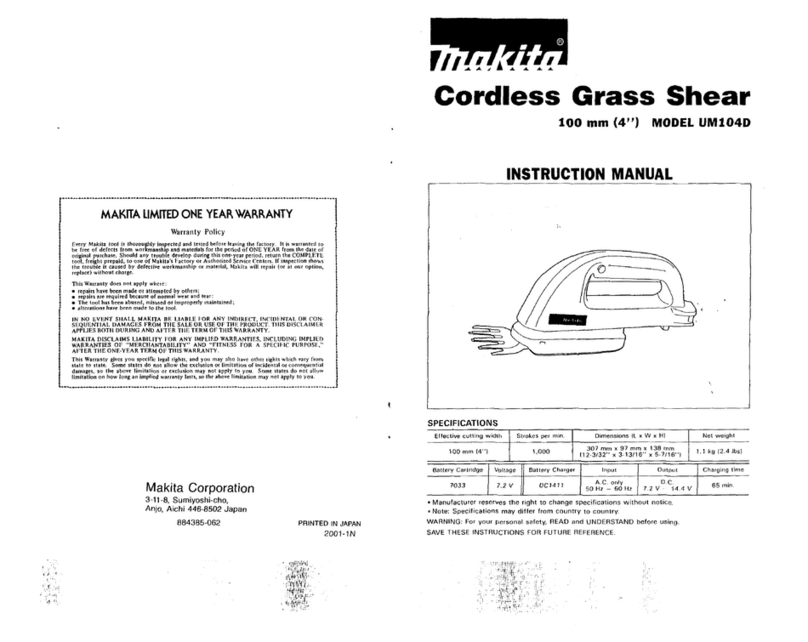GB
Safety rules....................................................................................................................................................... p. 1
Grillo 2500-3500 motor hoe ............................................................................................................................. p. 5
Identification and after-sales service ................................................................................................................ p. 6
Technical data................................................................................................................................................... p. 6
Instructions for use ........................................................................................................................................... p. 7
Putting the machine into service....................................................................................................................... p. 7
Noise levels - vibration levels ........................................................................................................................... p. 10
Description of controls ...................................................................................................................................... p. 49
I
Norme antinfortunistiche................................................................................................................................... p. 1
Motozappa Grillo 2500-3500 ............................................................................................................................ p. 11
Identificazione e assistenza.............................................................................................................................. p. 12
Caratteristiche tecniche .................................................................................................................................... p. 12
Istruzioni per l’uso............................................................................................................................................. p. 13
Messa in opera della macchina ........................................................................................................................ p. 13
Rumorosità - vibrazioni ..................................................................................................................................... p. 16
Descrizione dei comandi................................................................................................................................... p. 49
F
Règles de sécurité générale ............................................................................................................................. p. 1
Motohoue Grillo 2500-3500 .............................................................................................................................. p. 17
Identification et assistance................................................................................................................................ p. 18
Caractéristiques techniques ............................................................................................................................. p. 18
Mode d’emploi .................................................................................................................................................. p. 19
Mise en service de la machine ......................................................................................................................... p. 19
Bruit - vibrations................................................................................................................................................ p. 22
Description des commandes ............................................................................................................................ p. 49
D
Sicherheitsvorschriften ..................................................................................................................................... p. 1
Motorhacke Grillo 2500-3500 ........................................................................................................................... p. 23
Identifikation der Maschine und Kundendienst ................................................................................................. p. 24
Technische Daten ............................................................................................................................................. p. 24
Betriebsanleitung .............................................................................................................................................. p. 25
Inbetriebnahme der Maschine .......................................................................................................................... p. 25
Geräuschemission - Vibrationen....................................................................................................................... p. 28
Beschreibung der Steuerungen ........................................................................................................................ p. 49
E
Normas de seguridad ....................................................................................................................................... p. 1
Motoazada Grillo 2500-3500 ............................................................................................................................ p. 29
Identificación y asistencia ................................................................................................................................. p. 30
Características técnicas.................................................................................................................................... p. 30
Instrucciones de uso......................................................................................................................................... p. 31
Puesta en marcha de la máquina ..................................................................................................................... p. 31
Niveles del ruido - vibración.............................................................................................................................. p. 34
Descripción mandos ......................................................................................................................................... p. 49
P
Normas de precaução contra acidentes ........................................................................................................... p. 1
Enxada mecânica Grillo 2500-3500.................................................................................................................. p. 35
Identificação e assistência................................................................................................................................ p. 36
Características técnicas.................................................................................................................................... p. 36
Instruções para o uso ....................................................................................................................................... p. 37
Activação da máquina ...................................................................................................................................... p. 37
Nível de ruído - nível de vibrações ................................................................................................................... p. 40
Descrição dos comandos ................................................................................................................................. p. 49
GR
1
41
42
42
43
43
46
49
